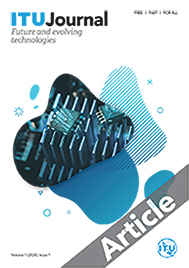 | Network slicing is a central feature in 5G and beyond systems to allow operators to customize their networks for different applications and customers. With network slicing, different logical networks, i.e. network slices, with specific functional and performance requirements can be created over the same physical network. A key challenge associated with the exploitation of the network slicing feature is how to efficiently allocate underlying network resources, especially radio resources, to cope with the spatio-temporal traffic variability while ensuring that network slices can be provisioned and assured within the boundaries of Service Level Agreements / Service Level Specifications (SLAs/SLSs) with customers. In this field, the use of artificial intelligence, and, specifically, Machine Learning (ML) techniques, has arisen as a promising approach to cater for the complexity of resource allocation optimization among network slices. This paper tackles the description of a feasible implementation framework for deploying ML-assisted solutions for cross-slice radio resource optimization that builds upon the work conducted by 3GPP and O-RAN Alliance. On this basis, the paper also describes and evaluates an ML-assisted solution that uses a Multi-Agent Reinforcement Learning (MARL) approach based on the Deep Q-Network (DQN) technique and fits within the presented implementation framework. |
|